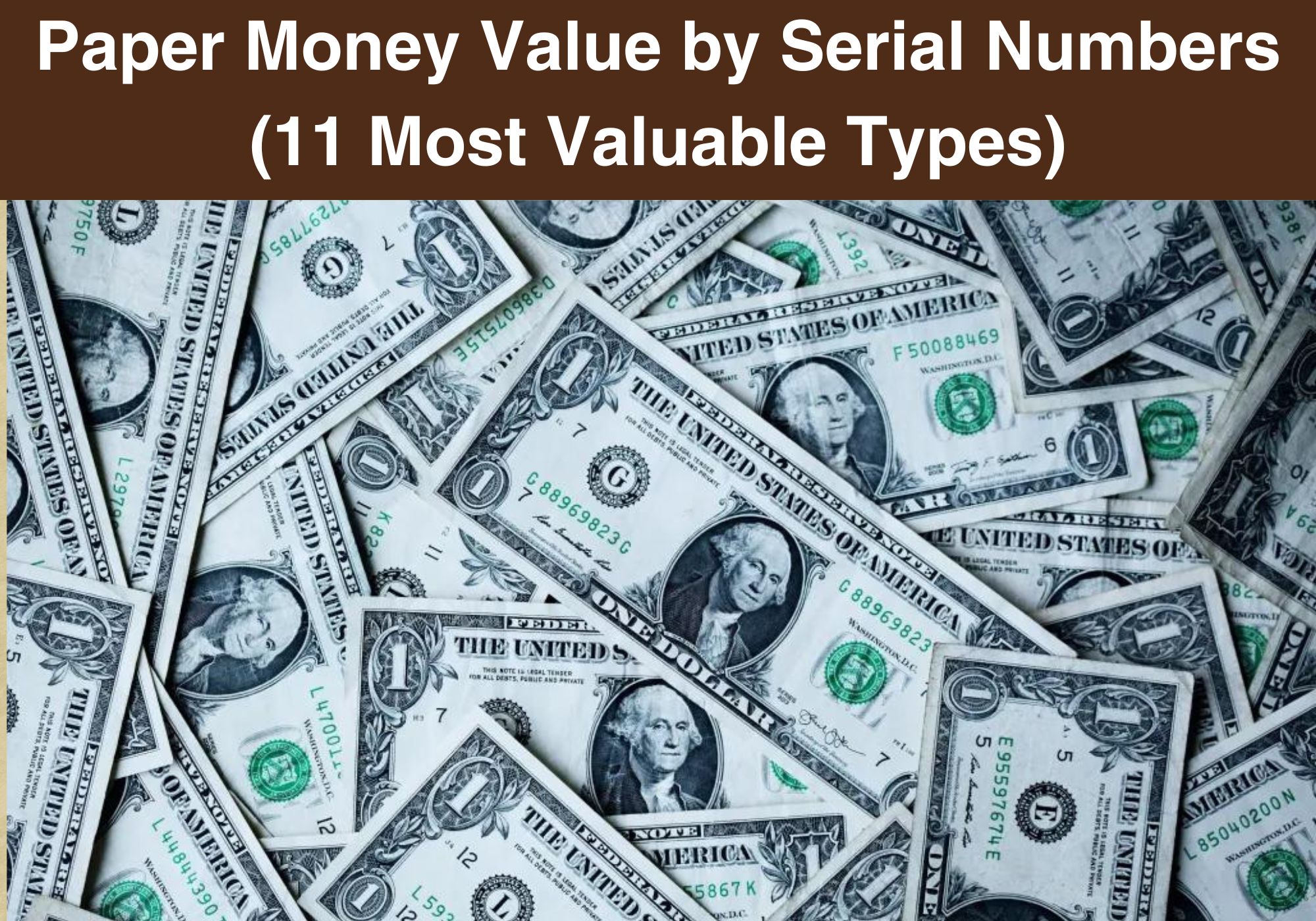
Are you interested in collecting paper money? Do you want to learn how to check whether your dollar bills are worth anything?
You’ve come to the right place!
We wrote this article to explain everything you need to know about paper money value by serial numbers.
Your $1, $5, $10 or $100 may be worth more than its face value if it has a special serial number. So before you give your bill away, check to see if you will spot any fancy digits.
Most people do not know how to identify high-value serial numbers on bank notes. But this article will teach you exactly what to look for to determine your paper money value.
So, let’s jump in and discover how to know if your paper money is worth anything.
Bank Note Symbols: What Do They Mean?
Have you ever wondered what all the numbers, letters and images on bank notes mean?
Each bank is special in its own way, as it has a unique serial number. But, the serial number is not the only identifier of Federal Reserve bank notes—these bills also feature symbols such as the following:
- Series Number
- Back and Front Plate Numbers
- Federal Reserve Bank Indicators
- Position Letter and Number
- Treasury Seal
Let’s briefly look at the meaning of each of these identifiers.
1. Serial Number
The serial number is on the front side and at the top and bottom of U.S. Federal Reserve Bank notes.
This identifier consists of 10 or 11 numbers and letters; each note has a uniquely different serial number.
You will notice that each string of serial numbers starts with a letter corresponding to the series year.
Some notes will have a small star next to the serial number to indicate that the note replaces a previous note.
2. Series Year
You can locate the series year at the bottom of the note on the front side.
This identifier symbolizes the year the Secretary of the Treasury approved a new design for the banknote.
It could also represent the year in which the Federal Reserve added the signature of a new treasurer or secretary to the banknote.
You will notice a capital letter after the series year on some notes. This shows that the Mint significantly changed the note’s design and general appearance.
3. Back and Front Plate Numbers
The Mint uses printing plates to produce paper money. Each note features a letter or combination of letters showing the facility where the currency was printed.
For example, a $1 bill printed at Fort Worth, Texas, will have the letters FW on the front and back sides of the note. The plate number is also indicated alongside the letters.
4. Note Position and Plate Number
The note’s position and number are found on the front side of a banknote. These identifiers represent the position a note was printed on when placed on the printing plate.
Note positions can range from A1 to J-5. Although this is an interesting feature, it doesn’t play a big role in determining the value of your paper money.
5. Treasury Seal
Collectors often check the treasury seal to see if their paper money is valuable. Most paper currency spots a green seal located to the right.
Until the 1969 series year, the green seal appeared on all bank notes. The seal also spots some English wording, which was part of a design change made at the time.
Now that you know the various symbols on your banknote, let’s discover the paper money value by serial numbers.
What Is Your Paper Money Worth: Fancy Serial Numbers and Their Values
As we’ve mentioned, each paper note has a unique serial number. These ten or eleven digits aid in identifying bank notes and mitigating duplication, whether that’s a $1 or $100 bill.
Serial numbers are generally banal, ordinary digits. But some are interesting, and collectors have termed these digits fancy serial numbers.
Fancy serial numbers are not rare, but you need to know what to look for to spot one on your banknotes.
If you are lucky enough to find paper money with a fancy serial number, it might be worth more than its face value. Uncirculated bank notes with fancy numbers can be worth a fortune!
Here is a list of fancy serial numbers you might spot on paper money and their corresponding value.
1. Low Serial Numbers
Collectors are always looking for low serial numbers, which can be worth hundreds or thousands of dollars.
Low serial numbers start with six or seven zeros and go from 1 to 99—for example, 00000001, 00000020, 00000034, etc.
Serial number 1 is the most popular among collectors, as it is much more valuable than the bank note’s face value.
Low serial numbers fall under two categories. These are:
- 00000001 to 00000009: A banknote with a serial number in this range can fetch between $600 and $3500, depending on its condition. However, as the number approaches 9, the value can decrease significantly.
- 00000010 to 00000099: These notes can be worth as much as $300, but others can bring in up to $500 depending on their condition. The serial number 10 is usually worth more, and the value decreases as you approach the number 99; such numbers may be worth up to $100 maximum.
2. High Serial Number
High serial numbers are also popular among collectors. The higher the number, the more valuable your paper money might be.
High serial numbers refer to those that start with at least four nines; the more the nines, the more paper money value you will realize.
Examples of high serial numbers are 99999900, 996001267, and 99985219.
A high serial number with five nines at the beginning can fetch between $50 and $80, while the value can increase from $100 to $400 for a serial number with six or seven nines.
3. Ladder Serial Number
A ladder serial number is one in which the string of numbers ascends or descends when read from left to right.
In descending serial numbers, the second digit should be lower by one than the preceding one—for example, 98765432.
When it comes to ascending serial numbers, the second digit is higher by one than the previous one. For example, 23456789.
Generally, descending serial numbers are scarcer than ascending ones because paper currency in the United States is typically printed from low to high serial numbers. As a result, descending ladder serial numbers will tend to be more valuable than the ascending ones.
The value of ladder serial numbers is between $600 and $2,100 depending on factors such as the note’s condition and how ‘’fancy’’ or unique the number is.
4. Binary Serial Numbers
Binary serial numbers feature two digits in any order, for example, 77373773.
Another binary serial number category is a true binary, which features only ones and zeros, for example, 01101001.
True binary serial numbers are more valuable and fetch as much as $40 to $150. Such a serial number resembles computer codes and may appeal to collectors fascinated by digital technology.
An ordinary binary serial number is equally valuable and may increase your paper money’s face value by $20-$75.
5. Radar Serial Number
The radar serial numbers are quite interesting. They gain their name from the word RADAR, which can be read the same way from left to right and vice versa.
When it comes to radar serial numbers, you can read the digits left to right and right to left, achieving the same result, for example, 54566545 and 83344338.
There are several types of radar serial numbers. Here are a few examples:
- Binary radar
Binary radar serial numbers comprise only two digits, for example, 47477474.
- Repeater Radar
A repeater radar number is one in which the first and last four digits are similar and can be read the same way forwards and backwards. These numbers are inherently binary as they consist of two unique digits. Here’s an example: 52255225, 91199119.
A radar serial number can increase your paper money’s face value by $15 to $20, which isn’t bad at all.
6. Repeater Serial Numbers
The first four and last four digits are similar in the repeater serial numbers.
Examples of repeater serial numbers are 83428342, 67546754, 31123112, etc. Such a serial number can be worth as much as $25 to $50.
Another variation of the repeater serial number is the super repeater, where the first two numbers are replicated four times—for example, 98989898, 71717171, 25252525.
7. Solid Serial Number
A solid serial number is one on which all the digits are similar, i.e. one digit is repeated eight times. Examples include 44444444, 88888888, 11111111.
These days, paper money is only printed to the serial number 9600000. Solid serial numbers consisting of 9’s, 8’s, 7’s and 6’s are the most valuable. In particular, bills with 9s only are rare and mostly appear in older series, making them extra valuable.
Paper bills with solid serial numbers have, in the past, sold for as much as $20,000, making solid serial numbers among the most sought-after in the collector community.
8. Million Serial Numbers
As the name suggests, a million serial numbers start with a single digit followed by seven zeros. Examples Include 90000000, 50000000, 80000000.
If you are lucky enough to come across a bill with a million serial numbers, it might be worth an impressive $700 to $1,800.
9. Seven-In-A-Row Serial Numbers
The seven-in-a-row serial number is also known as a near-solid serial number in the collector community. This number consists of one unique digit and seven repetitive numbers at the start or the end.
Remember that solid serial numbers are ones in which all the eight numbers are similar. Seven in a row or near solid serial number is one in which only seven digits are the same.
Here are a few examples: 32222222, 44444441, 59999999, etc.
A seven-in-a-row serial number can increase the value of a paper note by about $80 to $200.
10. Anniversary or Birthday Serial Numbers
Serial numbers representing a special date are very interesting, with collectors willing to pay a couple hundred or even thousands of dollars for such notes.
There is no set value for anniversary or birthday serial numbers; it all depends on the significance the buyer attaches to the number.
Examples include 01151929 (Martin Luther King Jr. Day), 05251868 (Memorial Day), and 07041776 (Signing of the Declaration of Independence).
If the serial number matches a person’s birthday or other important milestone, they might be willing to pay more than face value for that paper note.
11. Double Quad
Double quad serial numbers are ones in which the first four digits are the same, and the last four are also the same.
Here are a few examples: 11112222, 99992222, and 77775555. These serial numbers can fetch between $80 and $180 depending on the meaning you attach to the serial number and other factors, such as the paper note’s condition.
These are the most common fancy serial numbers that can increase the value of your paper money. Other factors that can affect how much your paper money is worth are Rarity and condition.
Rare serial numbers, or those that do not occur frequently, are generally more valuable than common ones.
Uncirculated paper notes with fancy serial numbers are significantly more valuable than circulated currency.
FAQ
How can I check the serial number on my money?
Serial numbers are the eight digits on the front of U.S. paper money. The digits are usually combined with letters and appear on paper currency’s upper right and bottom left. Each bill has a unique serial number, here is a tool for you.
How do I know if my paper money is worth anything?
Ancient bills, particularly those printed between 1862 and 1917, are usually worth a lot as they are considered collectable antiques. These bills typically spot a blue, red or brown seal, while the modern notes feature a green seal. If you have an antique paper bill in uncirculated condition, it might be worth hundreds or even thousands and more if it has a ‘’fancy’’ serial number.
What is the importance of serial numbers in money?
The serial number on money is predominantly used to mitigate counterfeits. Each bill has a unique serial number; no two notes can or should have the same number. That said, two bills can have the same serial numbers if they are from different years or have a different series year.

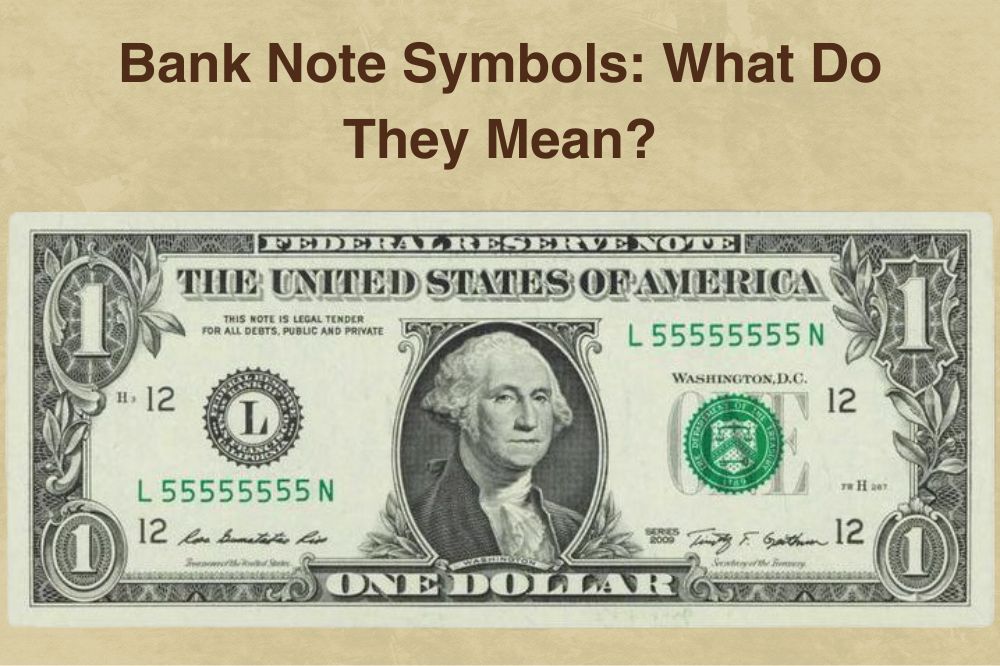
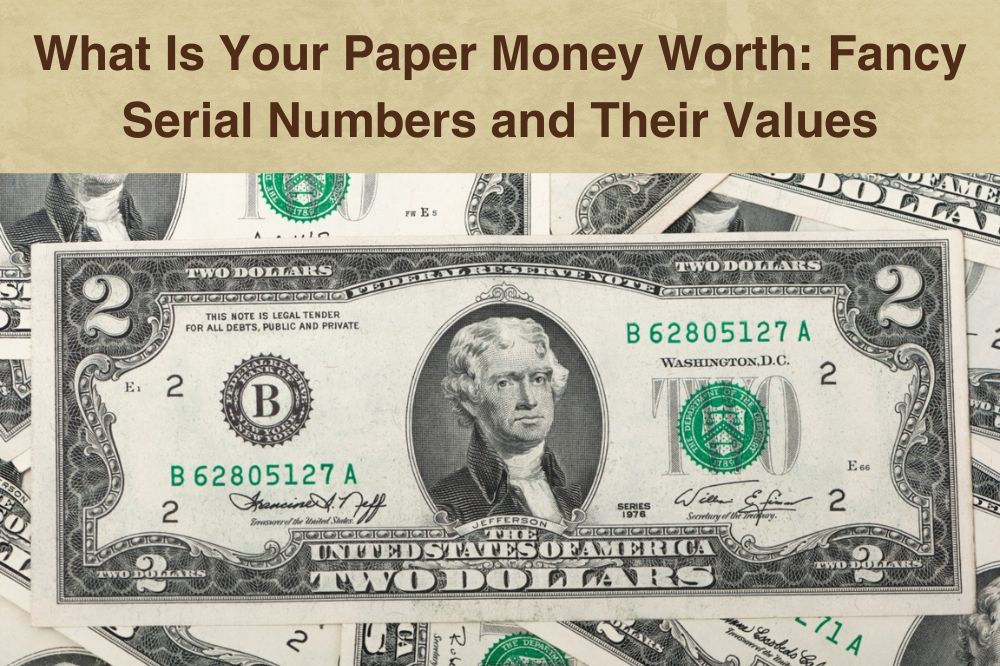
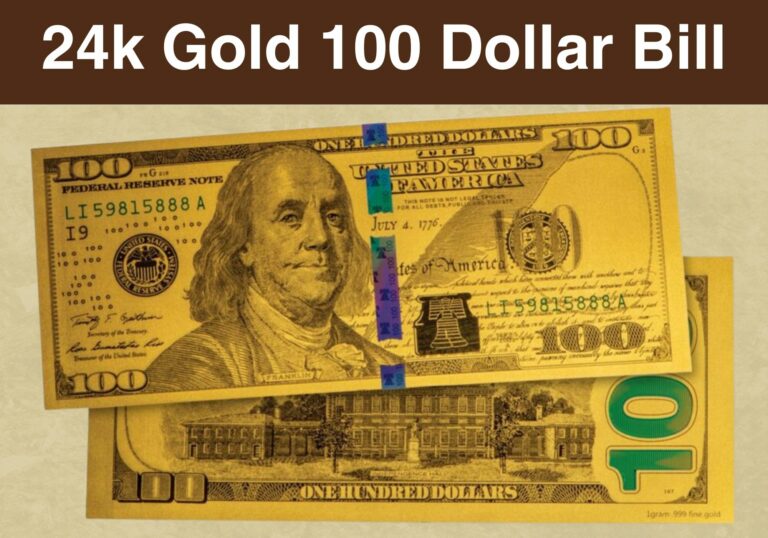
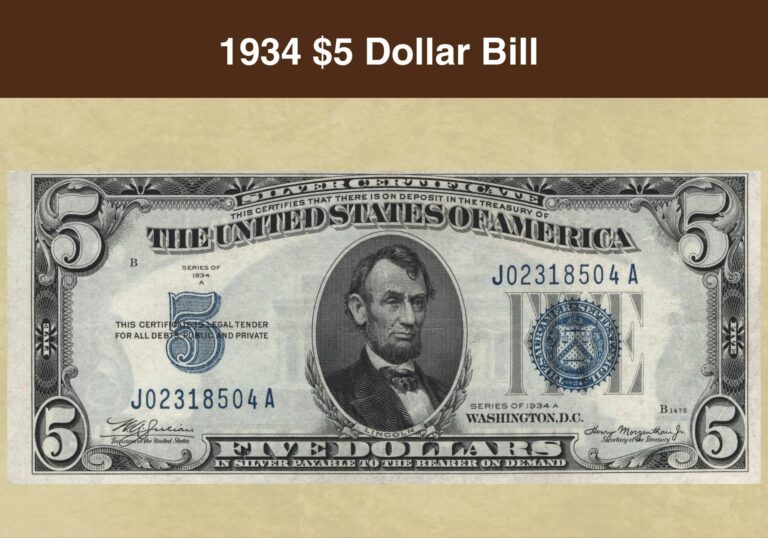
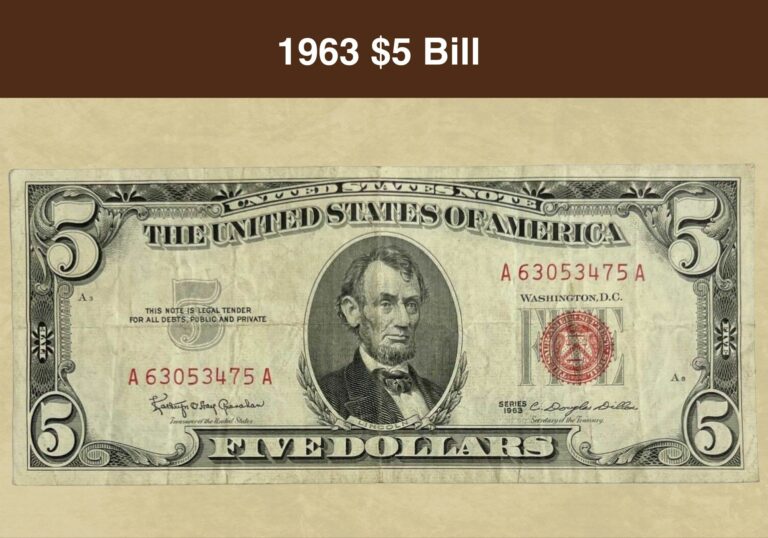
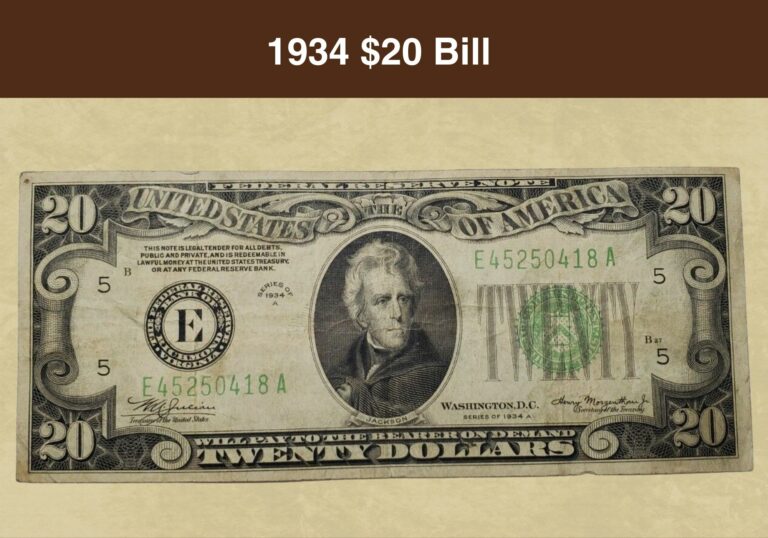
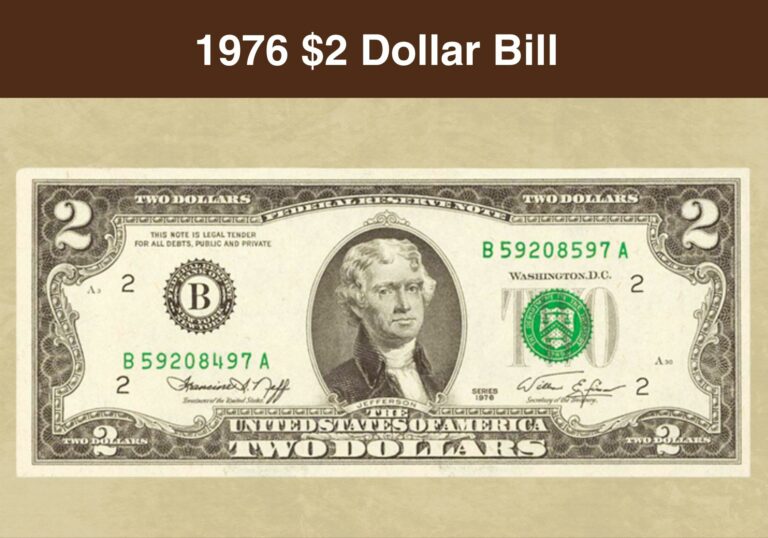
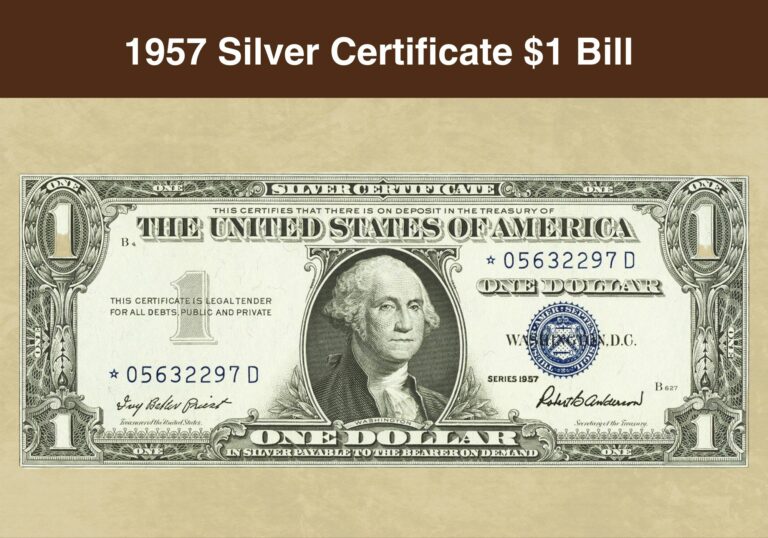
I have a five dollar bill number MG44979743D. Is it worth more then 5 dollars I have one dollar bills numbers F20091980C, G32299333H, D66076333B, A55372244A. Are they worth anything besides a dollar? I have many wheat pennies I’d like to sell how do you find an honest person. Thank You…..
I took out 1k from my bank and the serial numbers were 0000001-000010, it killed me because I had to use the money 🤦🏼♀️
Have a dollar bill with serial number 54321131
I have a $100 dollar bill with the serial number LK97775550C what would something like this be worth from 2009 a series
I have a dollar bill seriesA2017,numbered 52522525
Hello my name Is Lekna , I hace a $5 use Bill serial number QB0007373A series 2021 USbanknote serial number cheker resultsin no ingormation abiut this $5 wich Is not fake at all
Hello my name Is Lekna , I hace a $5 use Bill serial number QB00073473A series 2021 USbanknote serial number cheker resultsin no ingormation abiut this $5 wich Is not fake at all
I have a 2006 100 dollar bill with serial number HK 044621111 D how much is it worth since the numbers only add up to only 19? It contains one triple and one pair together which is rare.
Hi, My name is Gio. I’m interested in the wheat pennies. You can call me at 917 559-4948 to further discuss. Thanks
I have a 100 dollar bill serial number 06514000
Got a hundy. 2003. Serial fk 48689828 a
Any value on notes like this?
I have a 1dollar bill with the numbers B53300445A how much is it worth?
A $1bill 17778881